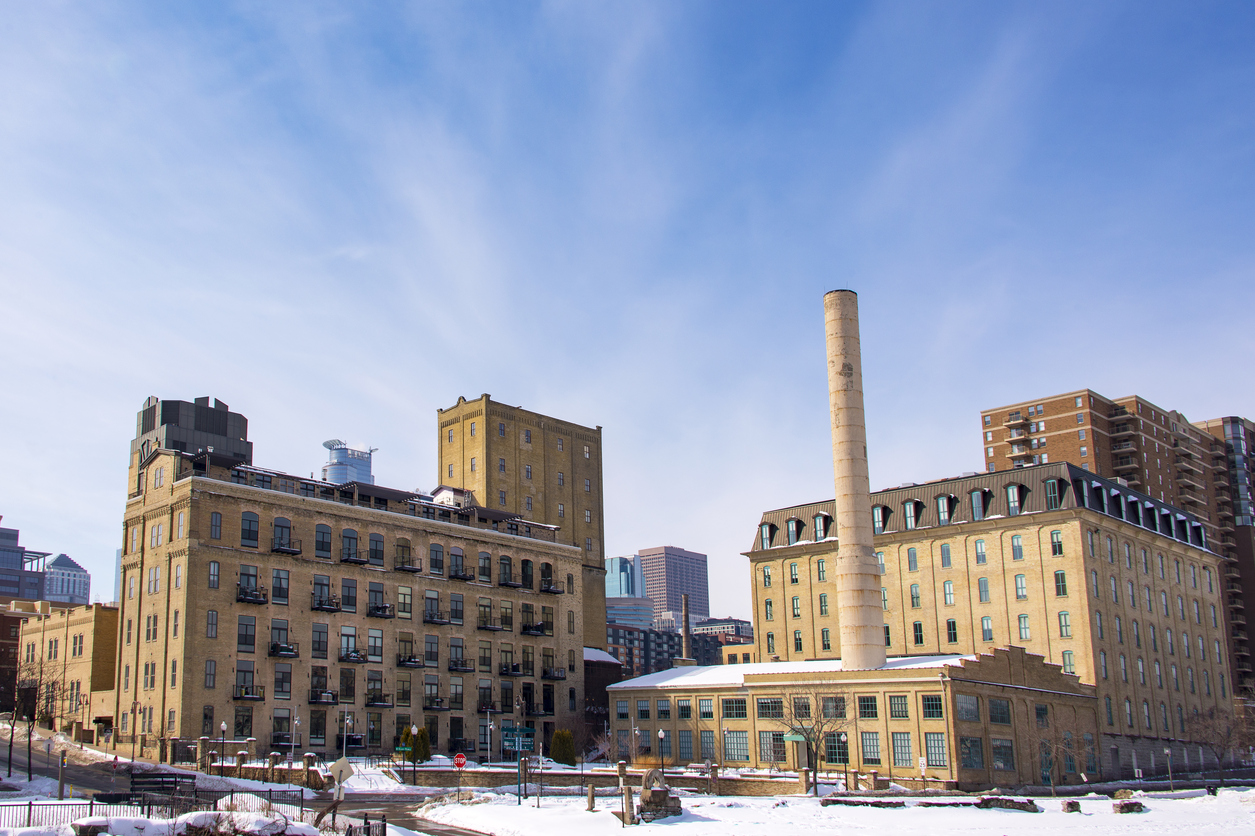For more than 25 years, Tunheim has been helping communities and developers rethink their approach to communications and engagement when planning and building a new or redevelopment project. Community engagement, when done well, can support and enhance a development process. From large-scale developments like the former Ford Plant in St. Paul and Upper Harbor Terminal in Minneapolis to smaller projects and infill property developments across the Twin Cities, all real estate development offers opportunities and challenges in creativity, planning and especially community engagement. Developers know well that neighbors to developing sites can have strong opinions on the projects. Awaiting the city council vote on the Ford Plant zoning plan, you could find lawn signs scattered across Highland Park in favor or opposed to the current redevelopment plan. Other support or opposition may not be as visible, but developers frequently run into barriers when the community opposes their project.
Why engage instead of ignore?
Although it may seem easier to ignore the community throughout the development process, many developers will tell you that an engaged community can move mountains in support of a project, or erect barriers where they would not otherwise exist. Engaging the community is the right thing to do, but it will also make the project better, more successful in the long run and the process to get there easier for the developer.
How do you plan for a community that doesn’t yet exist? Talk to the community that does
Treat people as assets, not as obstacles
The people who live and work in any community have valuable insight into how their community works, what resources are available, key stakeholders to engage, and generally how to get things done. Instead of viewing community members as a deterrent to the process, the development process should leverage the local knowledge, passion, and assets that community members can bring to the table. In some of the Twin Cities’ more visible developments, a developer who spurns that engagement risks protracted, vocal, and well-funded opposition.
Bring engagement to people
One key mistake often made by people undertaking community engagement comes from a misunderstanding of how to implement it. Community engagement in some ways comes down to a numbers game: to get buy-in and feedback from neighbors, you have to reach as many of them as possible. Taking down the barriers for their engagement – particularly geographic barriers – will enhance your results. Providing online options for surveying, hosting meetings in senior living complexes and Section 8 residences, attending events at local high schools and neighborhood events, putting up flyers at bus stops and grocery stores all provide opportunities for contact far above and beyond a traditional public meeting.
Develop authentic partnerships
The most important part of community engagement comes down to the authenticity of partnerships. Authenticity, although hard to measure, comes from a number of criteria. Starting engagement early, keeping stakeholders informed along the way, providing regular touchpoints for feedback (for example, monthly meetings), developing clear lines of communication (for example, a regularly updated website with an area to leave feedback), and allowing community partners the ability to give input on key decisions all help develop authentic partnerships.
The essential piece for a successful community engagement strategy is time. Organizations cannot build partnerships and bring people along by ramming something through a city planning department or city council. They have to be intentional about their actions and take responsibility for being understood.






